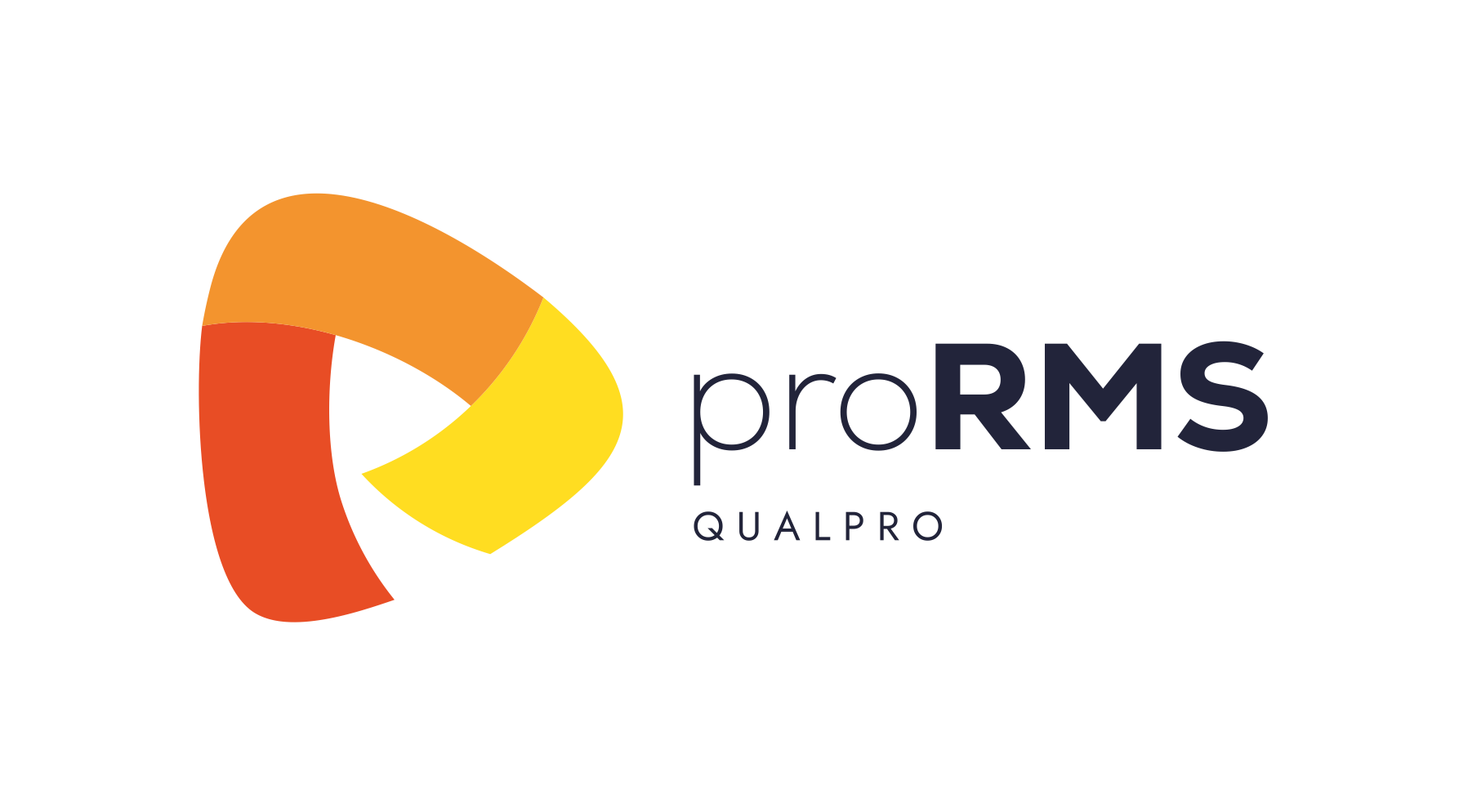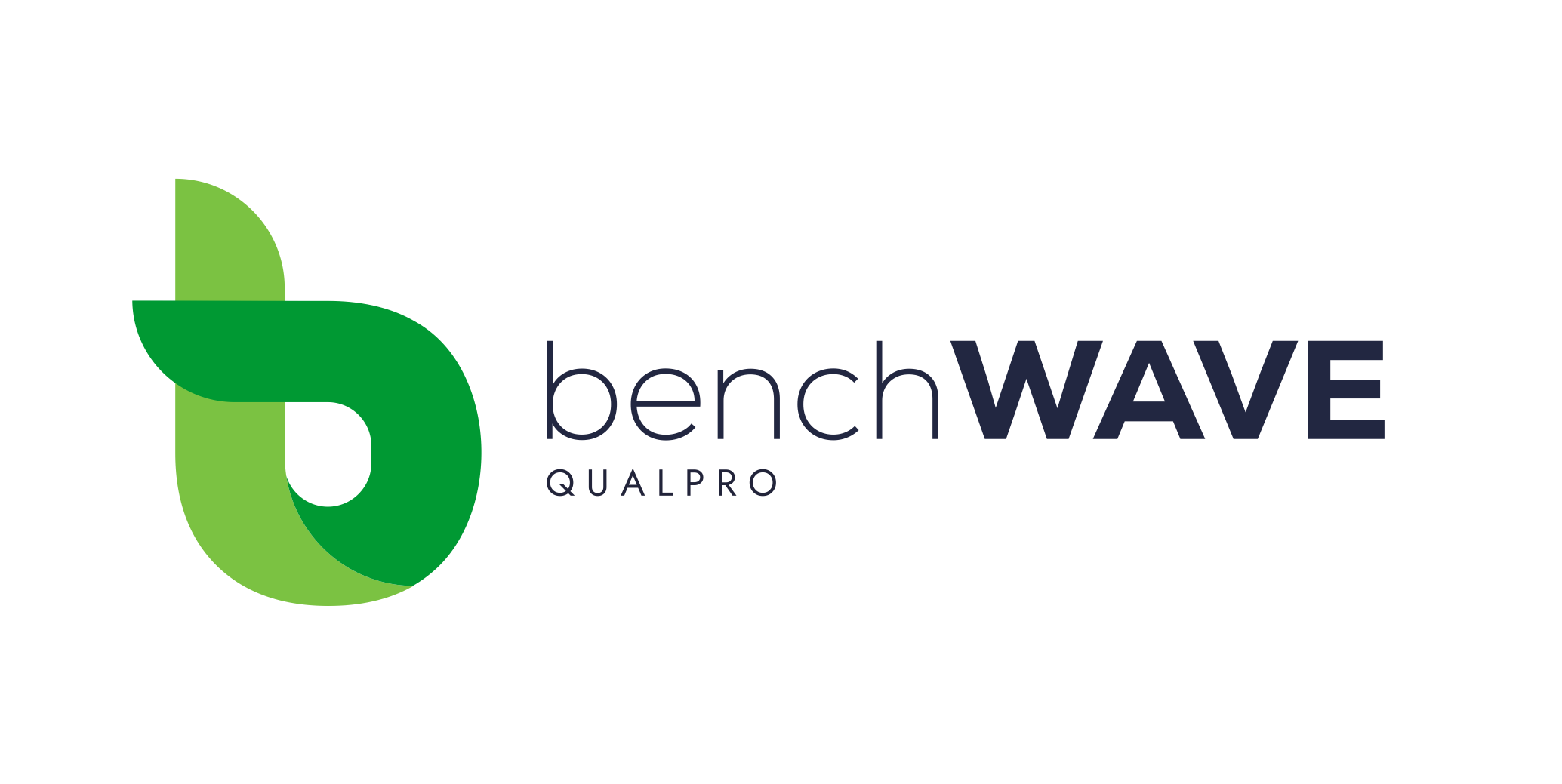In 1687 Isaac Newton published the famous three principles of dynamics, defining the relationship between the motion of a body and the forces acting on it. Until then, Aristotle’s teaching, which had no consistent definition and was based more on observations and intuition than on quantitative measurements, was in force. Newtonian laws replaced the previous Aristotelian concepts with a more consistent, mathematical approach, allowing for a better understanding and prediction of motion in a variety of situations. The introduction of these laws marked a milestone in the development of physics and enabled advances in science and technology.
What does this have to do with our hotel industry?
The concept of dynamics is sometimes taken very casually and is interpreted in different ways. By no means is it about a dynamic working environment, but about the movement of… pricing, i.e. dynamic management of pricing for services. The spectrum of sophistication in this area is huge. From fixed prices “for one and two” published eagerly on the hotel’s website, to “Aristotelian” activities based on intuitive planning and price management, to thoroughly thought-out, conscious and time-precise price movements even several times a day.
However, why bother managing the price list dynamically at all? In order to maximize the actual demand at a given time, thus increasing revenues.
Just as in the case of airlines, where without checking the offer of a given carrier we are unlikely to answer precisely how much a ticket to Madrid or Stockholm costs today due to dynamic pricing, we should treat pricing in hotels in the same way. There are more examples of industries that effectively use dynamic pricing (that is, Revenue Management in the broadest sense). Some have been fairly static until recently. For example, pay attention to ski passes at many ski resorts – their price is variable in time to completion. Even British pubs have begun piloting dynamic pricing for large events.
Most hotels use dynamic pricing, but there are as many approaches to the concept of dynamics as there are New Year’s resolutions that won’t last until February.
Therefore, from this article you will learn what a truly dynamic hotel price list is, why to use it and what benefits it brings to your business.
The overriding goal of using dynamic pricing in a hotel is higher revenues. The idea is to get the possible maximum from variable demand at a given time. The fact that we will manage the price dynamically will not generate more traffic, but it will allow us to make the most of it. Not using dynamic pricing means potentially lost revenue. Would we call it a loss? Yes, because we will make money, but less than the demand existing at the time allows.
The range of interpretations of dynamic price management is wide. There are hotels whose price management consists, at the beginning of the season, of publishing a different rate on weekdays and a different one on the weekend. Such a scheme, however, is far from being called truly dynamic.
A comparison of the different hotel approaches to dynamic price management is illustrated in Figure 1. There we see the behavior of three hotels in terms of time to fulfillment of weekend bookings in the first quarter of this year. In other words – you can see how the hotels managed the prices published as time passed until guests’ arrival.
Hotel A, making virtually no price moves, used a price intuitively planned in advance for the season. Hotel B, successively raising the price as the deadline approached, implemented a dynamic price, but according to simple rules of changing occupancy. Hotel C, on the other hand, working with a price published as early as two months before the deadline, is an example of using a fully dynamic price dependent on fluctuations in occupancy and changes in competitor prices. This hotel was revising its strategy for each of these days many weeks before the deadline.
Demand changes, occupancy at the hotel changes, competitor prices and availability change. Is Hotel A likely to lose? This is a rhetorical question, although it is worth asking another. How will Hotel A offset the cost from potentially lost revenue? By reducing its own expenses?
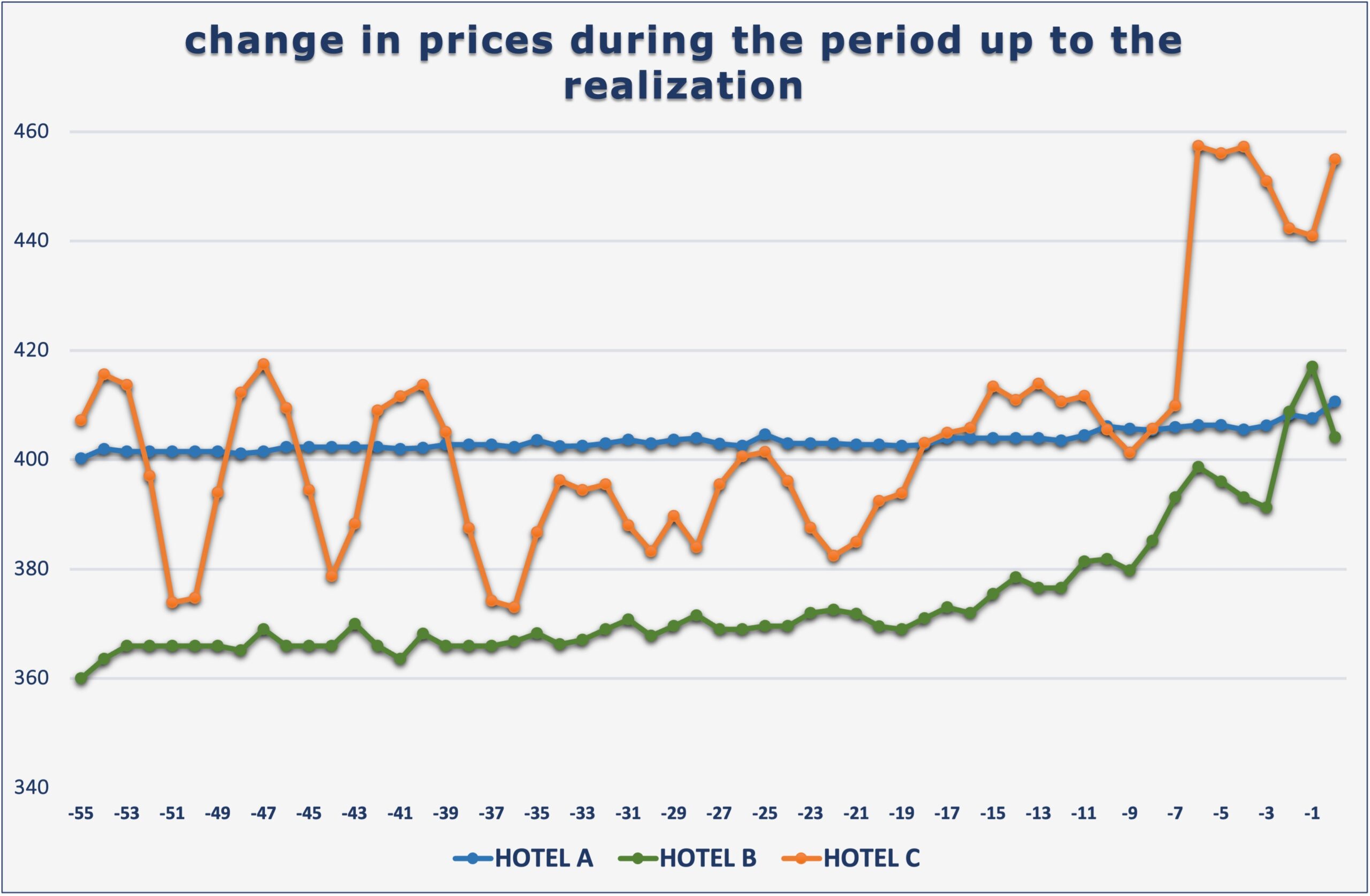
Figure 1: Dynamics of changes in average prices published for Fridays and Saturdays in Q1 2023.
Since there are so many interpretations of the concept of dynamic hotel pricing, it is worth specifying its essential features.
Dynamic pricing is a tool that works on a daily basis to improve our bottom line by regularly, consistently and precisely changing prices and restrictions over time, taking into account internal and external factors: hotel occupancy rates, competitor movements, events in the area, weather forecast, etc.
First of all, a dynamic price list should be properly planned so that it can effectively increase the results achieved. How to do it?
One effective way to do this is to create a number of different price levels for different seasons of the year, and within each season, adjust them for different “types” of days.
However, one step at a time. How do you properly define the seasons?
A proven method is to rely on historical data. The basic approach is to verify occupancy data on a daily basis (Figure 2), but for simplicity let’s use a general monthly breakdown (Figure 3).

Figure 2: Historical occupancy rates by day
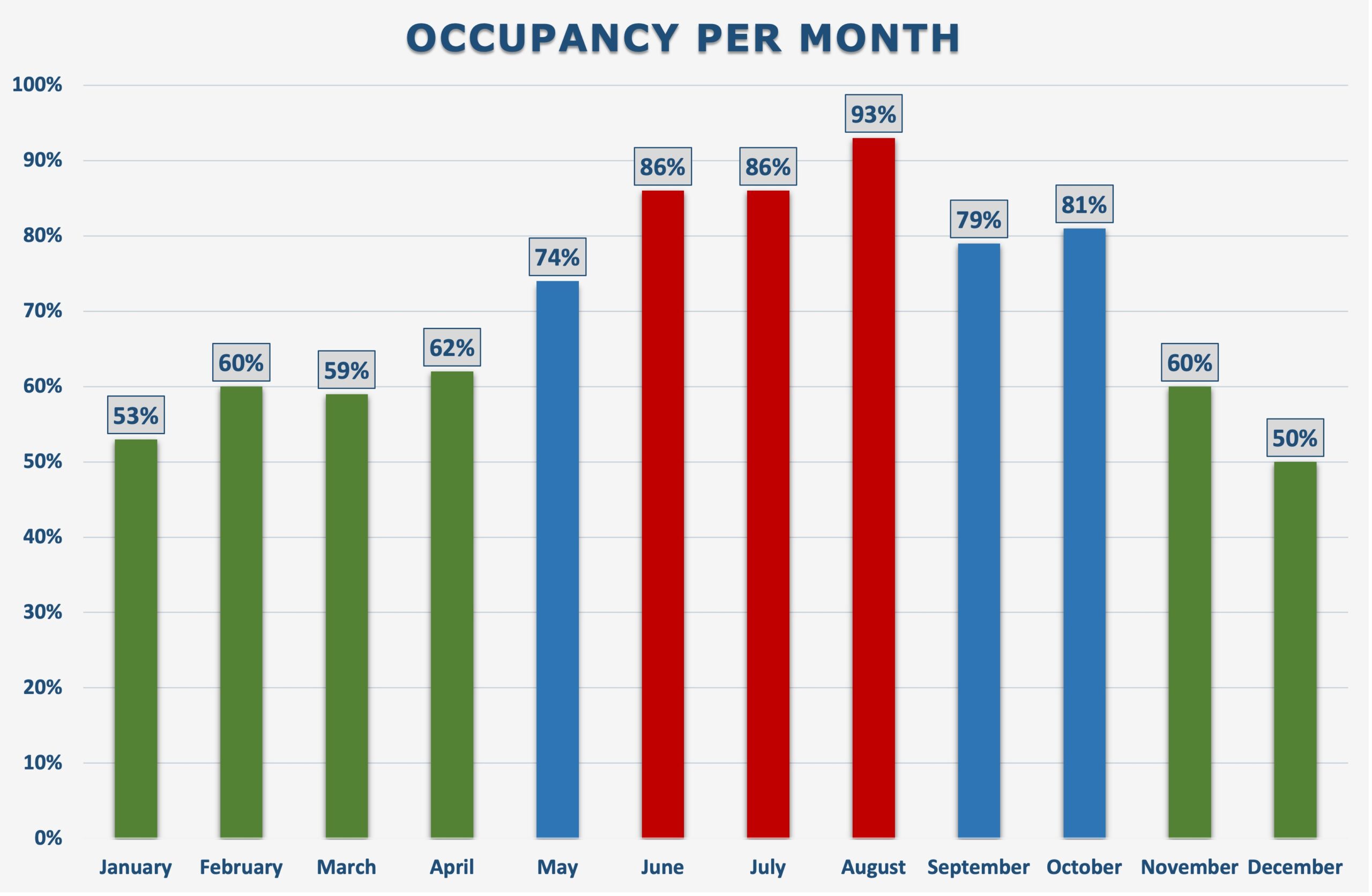
Figure 3 Historical occupancy on a monthly basis
When assessing seasonality, basing only on occupancy is a rather general approach, because, after all, our overriding goal is not occupancy itself, but financial performance. Therefore, in assessing seasonality, it is worth using one more parameter in the form of revenues at least on a monthly basis (Figure 4).
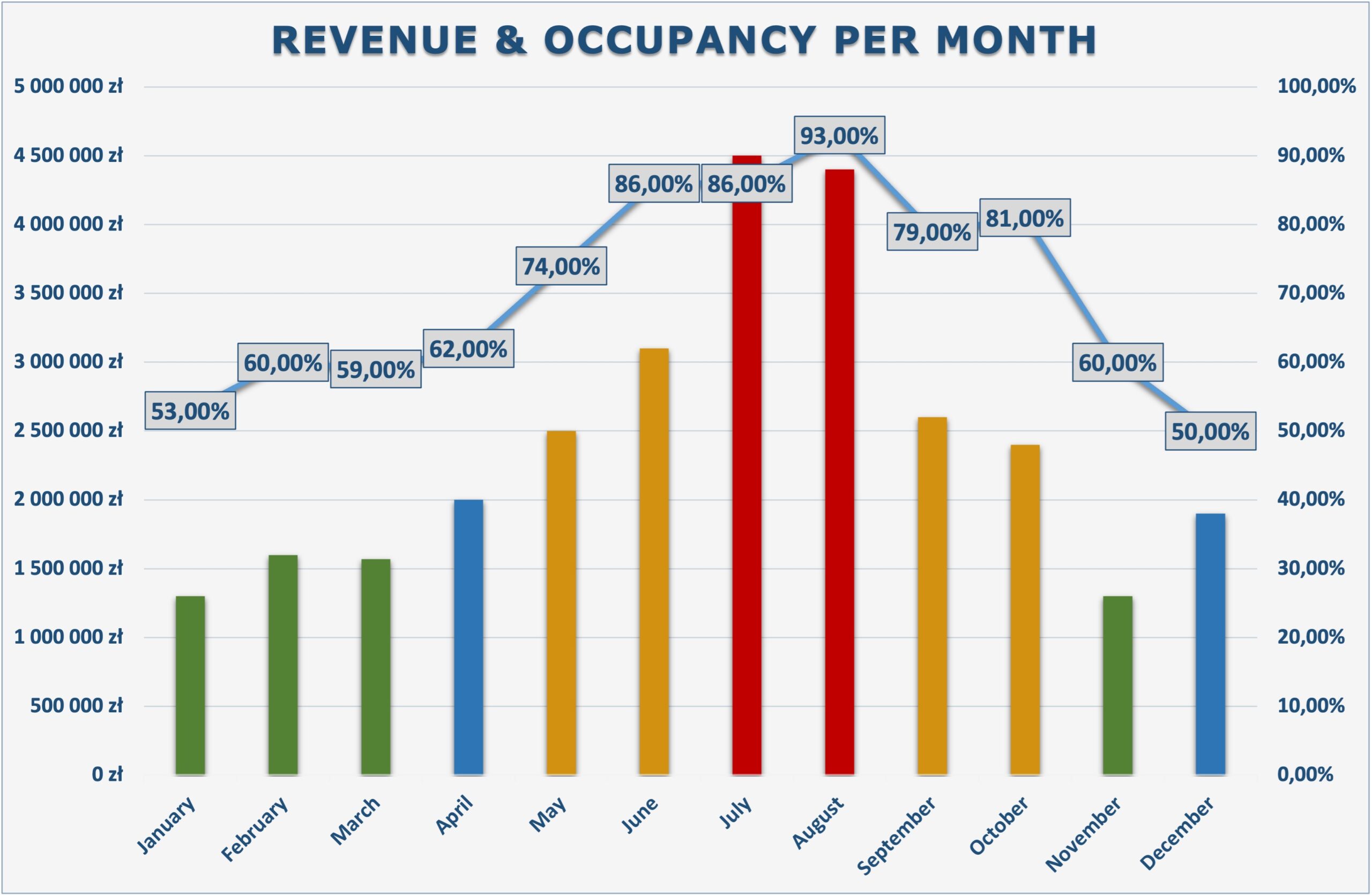
Figure 4 Historical revenue and occupancy.
Such a perspective can lead us to the conclusion that in a given month, despite similar occupancy rates, we achieved completely different revenues.
A comparable technique for analyzing historical data works well for assessing the aforementioned “strength” of a day type. Let’s check the executed occupancy of each day of the week within the seasons highlighted earlier and, based on it, group them in terms of actual demand (Figure 5). On this basis, we will determine on which types of days it is worthwhile to go out with higher or lower base prices.

Figure 5: Historical average occupancy rates for the selected season
Proper analysis of the history and, as a result, precise determination of the seasons and strength of the days of the week makes it possible to set the grid of initial base prices correctly. Each of them should contain several levels lower and higher than the baseline and thus be in readiness for systematic changes.
In the process of planning dynamic price grids, this puts the first leg stably in place. Now it’s time for the next one. As the 16th century English poet John Donne once wrote, “No man is an island” (from “No man is an island”). Therefore, the second important factor for changing prices is usually our environment in the form of our competitors and how they conduct their pricing policies.
Regular monitoring of the competition is a key part of price building. However, before we move to monitoring, we should properly select a set of competitors (the so-called compset), taking into account various criteria for choosing a hotel from the perspective of potential guests, such as location, reputation, “freshness” of the hotel, room facilities, additional attractions or availability of a loyalty program. Next, the selected competitors should be properly “weighed”, i.e. ranked relative to your hotel, because, after all, even intuitively, we don’t look at everyone the same.
Only now can we regularly monitor the competition and manage our price list based on their movements. This is precisely the second leg. Such a stable stance will allow us to take off in a difficult orienteering race. All the work described earlier is the preparation of a pricing policy strategy, but not its implementation. It’s a starting point to verify the next day what has changed in our occupancy and that of our competitors even a year ahead. Why to do it. In order to make price adjustments precisely at the right time.
Figure 6 shows an example and good practice of monitoring changes in occupancy (aka pickup) and the overall price level of our compset on a calendar basis.
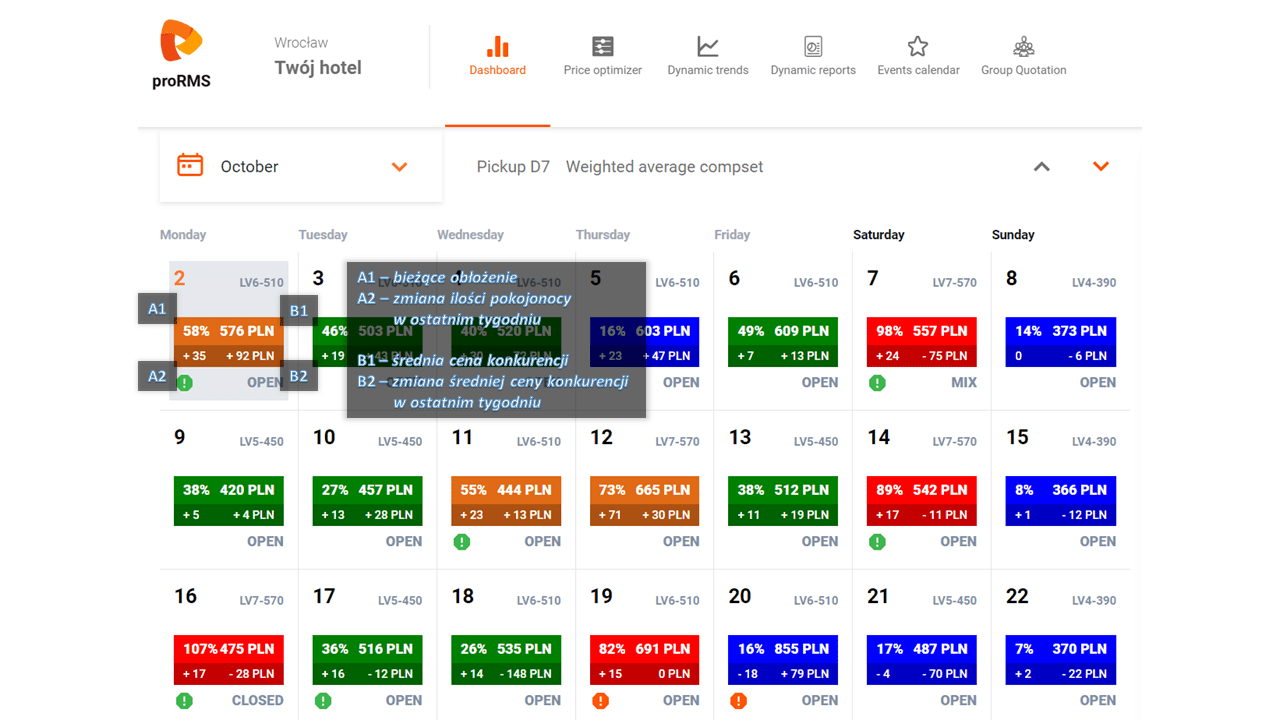
Figure 6: The colors of the days are a heat map of occupancy. From cold blue (low occupancy) to hot red (high occupancy). Section A2 shows the difference of the current booking status vs the booking status of a week ago. Similarly, B2 shows the difference in the average price of competitors compared to the situation a week ago.
In one place you can see the changes in the two main factors. For example, October 2 shows a significant increase in bookings (+35 RN) and an increase in the overall price level of competitors (+92 PLN). This is enough to raise the price and increase their margins.
Constant monitoring of changes in occupancy and competition is an essential part of implementing a dynamic revenue management strategy. The next step is to analyze the significance of these changes – whether they are large or small. For example, an increment of ten room nights two days before execution may be interpreted as relatively small, but sixty days before we would consider it significant. Therefore, the ability to assess the caliber of any variables in time to the deadline compared to similar historical periods is very important.
During the September Hotel Management Congress in Ostroda, Karol Pilch, Sales Director of Hotel Bania**** Thermal & Ski talked about change management, citing great practice. The speaker stressed that occupancy rates are worth comparing not so much to the performance of an analogous period in the past, but to a historical period a year ago at the same time.
Expanding on the example of this effective practice, I will filter it through another parameter in the form of time to deadline (so-called lead-time). Suppose we are analyzing a deadline that will occur in thirty days.
We should compare the bookings on that day to the occupancy status of the corresponding day of the previous year, but also thirty days before.
The ability to reproduce over time the fluctuation of our business compared to analogous historical trends will allow us to make the right decision on price changes more quickly.
For example, let’s assume that a year ago at the same time up to the analyzed date our occupancy rate was higher than this year. With instant access to such information, we can efficiently decide to lower the base price in order to maximize the result by more bookings in favor of a lower price per booking (optimization by volume). In the reverse situation, similarly, lower occupancy rates provide a solid basis for raising the base price, thus maximizing the result through a higher average price with fewer bookings (optimization by average price).
This is a major oversimplification, and the lead-time trend deserves a separate article. Nevertheless, the ability to secure good quality data at the right time will allow you to make the right decision precisely in time.
These are not all, but arguably the key elements of dynamic “pricing” and most hoteliers are aware of them. However, being aware of these techniques does not at all give you time to implement them regularly and consistently, and the guarantee of revenue growth comes precisely from being systematic and executing them exactly when any of the described factors change.
To create a complete dynamic price management strategy is one thing, and then to implement it consistently is a completely different effort.
Whether you’re closer to the intuitive “Aristotelian” approach or the logic of “Newtonian” concepts, the fact is that the proper application of dynamic pricing is guaranteed to increase revenues in hotels and apartments. However, to do this truly effectively, you need to remember and follow a set of rules and enforce them consistently, while constantly observing and analyzing the situation at home and in the surrounding area.
If you feel that, for whatever reason, you happen to overlook some of them or apply them imprecisely over time, the good news is that there are numerous technology solutions available on the market that comprehensively and automatically implement a hotel’s dynamic revenue management strategy.

